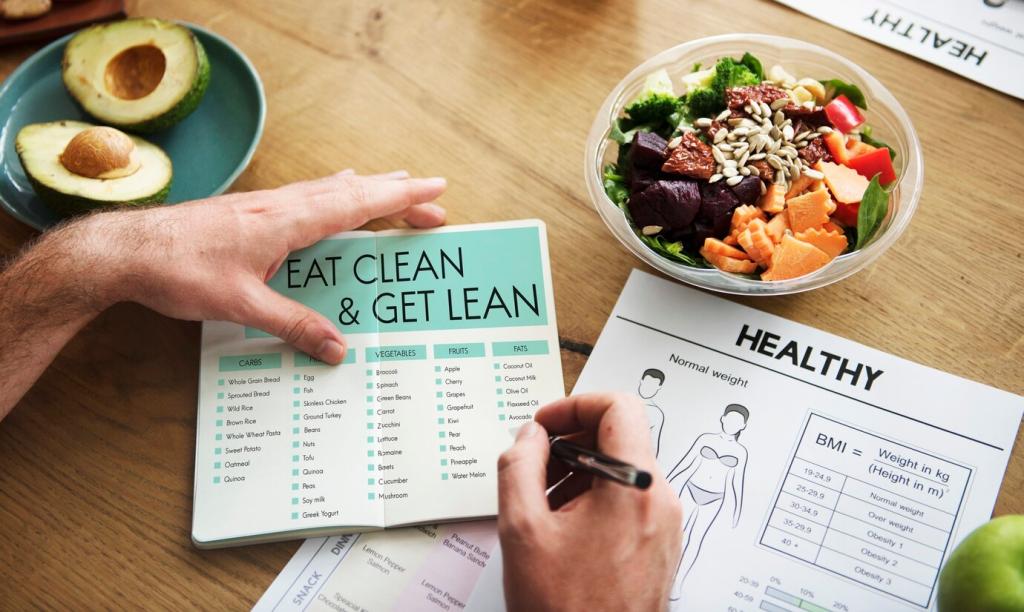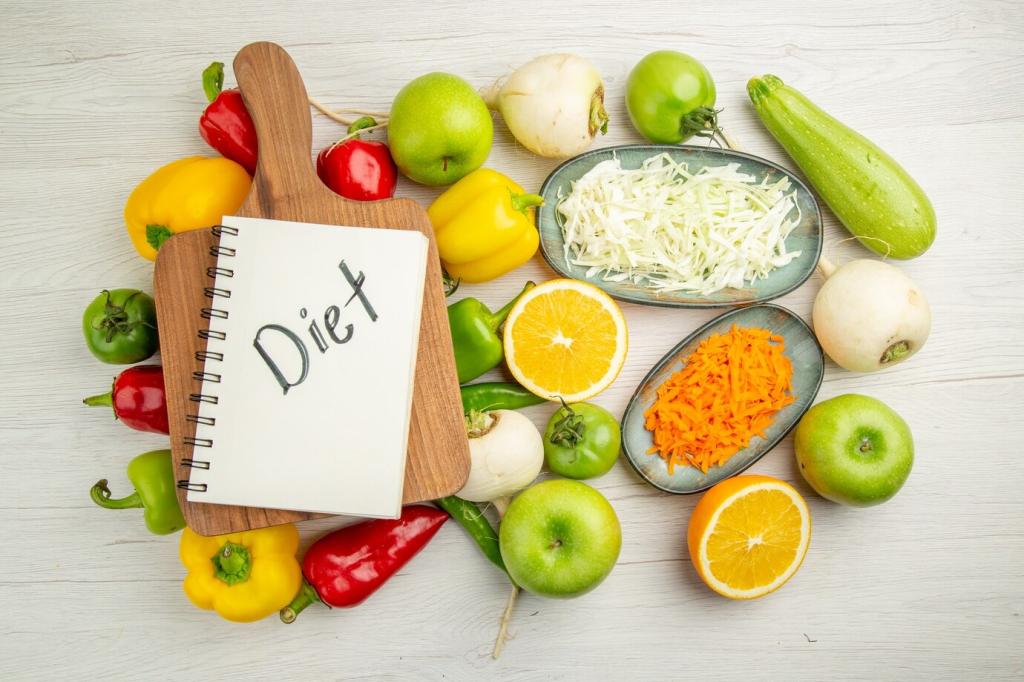
Macro Balance for Sports Excellence
Chosen theme: Macro Balance for Sports Excellence. Fuel smarter, perform stronger, and recover faster with a practical, science-backed approach to balancing protein, carbohydrates, and fats for peak athletic results—no fads, just clarity you can apply today.
The Science Behind Macro Balance
Most athletes thrive on 1.6–2.2 g of protein per kilogram daily, spread over 3–5 meals to hit leucine thresholds that drive muscle protein synthesis. Think performance, not just size: stronger connective tissue, fewer breakdowns, steadier momentum. Tell us your current target and we’ll help you dial distribution.

Timing Your Macros for Performance
About 1–4 hours before, target 1–4 g/kg carbs with moderate protein and minimal fiber or fat to keep the gut calm. One triathlete replaced a heavy nut bar with toast, banana, and yogurt, and the warm-up finally felt like a launchpad, not a slog. What’s your go-to pre-fuel?
Timing Your Macros for Performance
For sessions past 60–90 minutes, aim 30–90 g carbs per hour, using glucose–fructose blends to maximize absorption. Train the gut like a muscle, stepwise. An ultra runner we coach practiced fueling on tempo days and turned late-race bonks into negative splits. Share your fueling strategy for long days.

Building a Macro-Balanced Plate
The Plate Method: Easy, Moderate, Hard
Easy day: half vegetables, one quarter protein, one quarter carbs with healthy fats. Moderate day: one third carbs, one third protein, one third vegetables. Hard day: half carbs, one quarter protein, one quarter vegetables, plus extra fluids. Which layout matches today’s plan? Post your plate photo.
Smart Shopping for Macro Wins
Build a cart that supports balance: oats, rice, potatoes, fruit; eggs, Greek yogurt, tofu, chicken, legumes; olive oil, nuts, seeds; colorful vegetables. Batch-cook grains and proteins to cut weeknight friction. Drop your top three staples—your picks may inspire another athlete’s routine.
Simple Recipes That Scale With Training
Try carb-forward burrito bowls on interval days, protein-rich omelets with toast on skill days, and hearty salmon quinoa salads before long efforts. Adjust portions by training load, not mood alone. Want our portable macro recipe sheet? Subscribe and we’ll send it straight to your inbox.
Real-World Stories: Macro Balance in Motion
Maya shifted from high-fat breakfasts to carb-centered pre-session meals, kept protein steady at lunch, and reserved richer fats for dinner. Blocks felt snappy; hamstrings stopped nagging. She calls it her ‘green light’ routine. What single change could give your next session the same spark?


Real-World Stories: Macro Balance in Motion
Luis practiced 70–80 g carbs per hour using gels and chews, added a post-long-run carb-protein combo, and bumped carb intake 48 hours before races. He closed faster than he opened. Comment with your carb-per-hour target, and we’ll suggest ways to reach it comfortably.

Myths, Mistakes, and How to Avoid Them
Athletes rarely underperform because of well-timed carbohydrates; they underperform without them. The fix is not fewer carbs, but smarter allocation by training demand. Try shifting carbs toward work sessions and watch your output rise while body composition stays on track. Share your before-and-after feeling.
Personalizing Macro Balance
Track training volume, intensity, sleep, and body mass trends alongside intake. Look for patterns: low-carb days paired with flat intervals, or high-fat weeks with restless nights. Let evidence guide adjustments, not internet noise. Post one metric you’ll monitor to inform macro changes.

